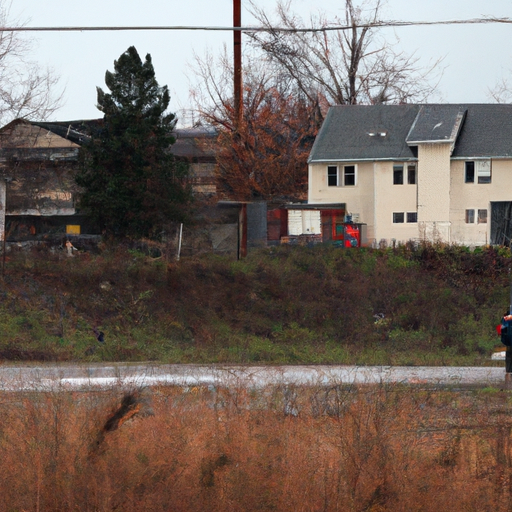The Depth of the Opioid Crisis in Northeastern Ontario: More Than Numbers
Hello, committed and engaged community and civic leaders. Our country is undergoing a significant health crisis that is not to be understated: the opioid crisis. While the headlines focus on major cities, let’s not overlook the smaller, but equally important communities in Northeastern Ontario. Today, we will delve into a recent CTV News Northern Ontario report and discuss the measures taken to combat the increasing problem.
The Devastating Effects of Opioids: Not Just Numbers
First, it’s important to understand that the opioid crisis affects marginalized groups disproportionately. Northeastern Ontario is no exception. The presence of “hyper-toxic” drugs exacerbates an already volatile situation, where drugs are mixed with lethal substances like fentanyl or carfentanil, producing highly deadly outcomes.
In Northeastern Ontario, the opioid crisis fosters a sharp increase in the homeless population, threatening to push an already-strained welfare and healthcare system to its breaking point. These individuals are thrust into a dangerous cycle of drug addiction, crime, and homelessness. However, this chain is not exclusive to the homeless population. The opioid class action filed by governments against opioid manufacturers signals a recognition of the widespread damage caused by these drugs.
Combating the Crisis: Measures Being Taken
Despite the distressing situation, there are proactive steps being taken. Authorities in Northeastern Ontario have issued warnings about the circulation of toxic drugs, enlightening the public about the increased danger. The deployment of similar alerts can help save lives by limiting exposure to these deadly substances.
The Canadian opioid abatement class action is another important step towards addressing the opioid crisis. This landmark lawsuit is perhaps one of Canada’s most crucial legal actions related to public health in recent times. It holds pharmaceutical companies accountable for the misrepresentation of addictive painkillers’ risk and seeks compensation to help fund opioid addiction responses.
Naloxone, a medication designed to rapidly reverse an opioid overdose, is increasingly seen as a vital tool in countering this crisis. Policies that broaden these kits’ availability throughout Northeastern Ontario can potentially save many lives.
Opioid Crisis in Northeastern Ontario: Key Points
- The opioid crisis has worsened with the circulation of highly toxic drugs mixed with lethal substances.
- This crisis disproportionately affects marginalized individuals, leading to spikes in homelessness and crime.
- Authorities are issuing warnings about the circulation of these drugs to raise public awareness.
- The Canadian opioid abatement class action, a significant lawsuit against pharmaceutical companies, aims to bring justice and compensation to help tackle the crisis.
- The availability of naloxone kits is an essential part of the strategy to combat the opioid crisis.
Grounded Strategies: Actions for the Future
The current strategies are undoubtedly important and necessary. However, there’s a need for a comprehensive approach that includes preventive measures targeting high-risk populations, the expansion of harm reduction strategies like supervised consumption sites, and the development of accessible, affordable, and non-stigmatizing treatment services. Together, these steps will create a strong foundation to address the opioid crisis.
Conclusion
The opioid crisis in Northeastern Ontario – and Canada at large – is a pressing issue that requires attention, commitment, and a proactive approach from all societal elements. A joint, consolidated effort combining prevention, harm reduction, treatment, and legal action can pave the way towards a brighter future free from the shackles of opioid addiction.
